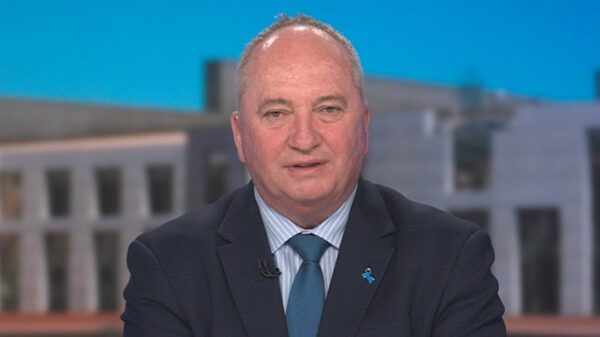Isabel Schnabel, a member of the Executive Board of the European Central Bank (ECB), delivered a detailed address at the ECB Conference on Money Markets 2025, examining the evolution of the Eurosystem’s balance sheet. She highlighted its reflection of the economic shocks and recovery phases experienced by the euro area, noting a significant shift since the peak of the balance sheet in 2022. Over the past three years, the size of the balance sheet has declined, with monetary policy-related asset holdings dropping by 45%. This gradual reduction has occurred smoothly, bolstered by strong liquidity positions among banks and stable ten-year GDP-weighted sovereign bond yields.
The ECB began the process of balance sheet normalization in March 2023, by partially reinvesting assets from its asset purchase programme. Full run-down is not expected until January 2025. As Schnabel pointed out, this normalization process is significant but still has a long way to go. She proposed that the future composition of the Eurosystem’s balance sheet should be more responsive to banks’ liquidity demands and shaped by collateralized lending operations.
Understanding Quantitative Normalisation
Schnabel emphasized the distinction between quantitative normalization and quantitative tightening. Central banks serve as the exclusive suppliers of base money, which includes banknotes and central bank reserves essential for interbank transactions. The introduction of the digital euro adds a third component to this base money framework. In the euro area, prior to the global financial crisis, reserves were primarily provided through collateralized lending, accounting for around 40% of ECB assets in 2006. This structure changed dramatically as the ECB implemented policies to ensure effective monetary policy transmission.
After the repayment of targeted longer-term refinancing operations (TLTROs) at the end of 2024, the asset composition shifted significantly, with securities constituting over 70% of the ECB’s assets. Schnabel clarified that while the term “quantitative tightening” has been used, it is misleading. The ECB’s approach aims to bring monetary policy back to a neutral setting rather than curbing inflation through aggressive tightening.
Schnabel pointed out that current ten-year sovereign bond yields in the euro area remain approximately 60 basis points below what they would have been without the impact of quantitative easing (QE). This ongoing adjustment signifies a normalizing trend of monetary policy rather than a contraction.
Future Directions and Operational Framework
The operational framework review conducted by the ECB last year revealed the evolving role of central bank reserves in the financial system. Historically, banks held minimal deposits with the ECB beyond what was necessary for regulatory compliance. However, the landscape has transformed, with banks now treating reserves as critical for managing liquidity, especially in light of digital banking innovations.
Schnabel noted that the repayment of TLTROs and the effects of quantitative normalization have reduced the overall supply of reserves by more than €2 trillion. This decline in reserves has implications for banks’ liquidity coverage ratios. Despite this reduction, banks have increased their holdings of government bonds, which serve as high-quality liquid assets (HQLA). The ECB’s framework intends to ensure that reserves remain sufficiently ample to avoid liquidity constraints.
In considering the future structure of the ECB’s balance sheet, Schnabel underscored the need for a balanced approach to liquidity provision. The ECB will continue to offer reserves through standard refinancing operations and will explore structural operations to meet the banking sector’s liquidity needs. This strategy aims to prevent excessive reliance on a single instrument, maintaining operational flexibility and mitigating risks.
The ECB plans to introduce new longer-term refinancing operations and establish a structural securities portfolio to address banks’ structural liquidity requirements. The timing of these initiatives will depend on evolving liquidity conditions and banks’ responses.
Schnabel concluded by emphasizing the importance of maintaining policy stance neutrality in asset purchases. The ECB will consider several factors when determining the maturity structure of its new securities portfolio, including the need to preserve financial soundness and ensure the effectiveness of monetary policy.
In summary, the ECB’s gradual transition towards a more responsive and balanced operational framework represents a significant shift in its approach to monetary policy, with implications for the euro area’s financial stability and market functioning in the years to come.


































































